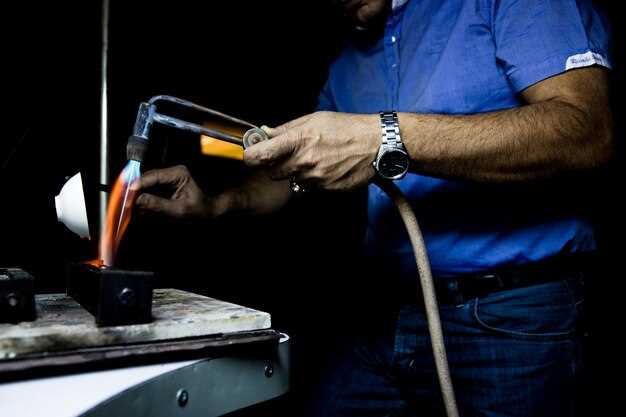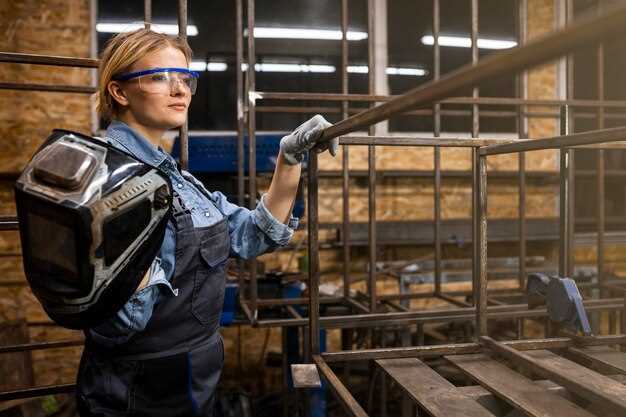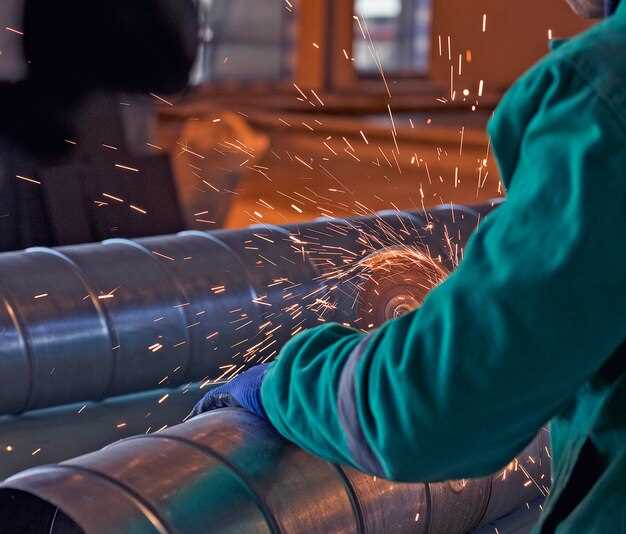
Roll cages are essential safety features in many high-performance vehicles, designed to protect occupants during rollovers and collisions. The effectiveness of a roll cage heavily relies on the quality of its construction, particularly the welding techniques employed. Understanding and utilizing the appropriate welding methods can significantly enhance the structural integrity and safety of the roll cage, ensuring it can withstand extreme forces.
Among the various welding techniques available, MIG (Metal Inert Gas) welding and TIG (Tungsten Inert Gas) welding are the most commonly used for building roll cages. Each method has its unique advantages and is suited for specific applications. For instance, MIG welding is often favored for its speed and versatility, making it ideal for larger sections of tubing. On the other hand, TIG welding provides precise control and produces cleaner, stronger welds, which is crucial for critical joints in the roll cage structure.
In addition to selecting the appropriate welding technique, the choice of materials also plays a vital role in the overall effectiveness of roll cages. Using high-strength steel or chromoly tubing can provide the necessary strength while keeping the weight to a minimum. Proper preparation, including cleaning and fitting of the materials before welding, is essential for achieving strong, consistent welds that will stand the test of time.
This article will explore the various welding techniques used in building roll cages, detailing their advantages and applications, as well as providing insights into best practices for ensuring maximum safety and performance in automotive design.
Choosing the Right Welding Process for Roll Cages

When constructing roll cages, selecting the appropriate welding process is crucial for ensuring structural integrity and safety. The most common welding techniques include MIG (Metal Inert Gas), TIG (Tungsten Inert Gas), and Stick welding, each with its own advantages and specific applications.
MIG Welding is often favored for roll cage fabrication due to its speed and ease of use. This process utilizes a continuous wire feed, allowing for quick welds with minimal cleanup. MIG is particularly effective on thin materials and provides a good penetration on various alloy steels typically used in roll cages. However, it requires a clean, dry workspace to prevent contamination.
TIG Welding offers a higher level of precision and control compared to MIG. It is ideal for intricate designs and can produce high-quality welds with less spatter. TIG is particularly useful when working with stainless steel or aluminum components in roll cages, providing strong, aesthetically pleasing joints. The downside is that TIG welding is generally slower and requires a higher skill level.
Stick Welding, or SMAW (Shielded Metal Arc Welding), is another option that can be advantageous for specific situations. It is portable and can be used in windy or outdoor conditions, making it versatile. However, Stick welding is less common for building roll cages due to the potential for less precise and more difficult-to-control welds, which may not meet safety standards.
In addition to the type of welding, consider factors such as material thickness, the specific application of the roll cage, and the environment where the welding will occur. Each of these factors can influence the choice of welding process. Ultimately, a thorough understanding of each welding method and its suitability for your project will ensure the roll cage meets safety regulations while providing maximum protection.
Key Safety Practices During Roll Cage Welding

Welding roll cages requires adherence to strict safety protocols to prevent accidents and ensure the well-being of the operator. First and foremost, personal protective equipment (PPE) must be worn at all times. Essential PPE includes a welding helmet with the appropriate shade lens, flame-resistant gloves, and protective clothing to shield against sparks and heat.
Additionally, maintain a clean and organized workspace. Clutter can lead to trip hazards, while metal shavings and dust can be fire risks. Ensure that all tools and materials are properly stored and that the area is free of flammable substances.
Ventilation is crucial during the welding process. Welding generates harmful fumes that can pose serious health risks. Use local exhaust ventilation or work in a well-ventilated area to mitigate exposure to these fumes. Furthermore, check for gas leaks if using gas welding equipment, as this can lead to fires or explosions.
Before starting the welding operation, conduct a thorough inspection of the welding equipment. Ensure that cables are intact and connections are secure. Faulty equipment can increase risks, leading to electrical hazards or poor weld quality.
Implementing safety barriers around the welding area can protect others from exposure to arc flashes and flying debris. Clearly mark the area with warning signs and restrict access to authorized personnel only.
Always be aware of your surroundings. Having a fire extinguisher readily accessible is vital in the event of an emergency. Familiarize yourself with its operation before starting work.
Lastly, maintain open communication with team members. Establishing hand signals or using radios can help coordinate efforts and alert others to potential dangers during the welding process. Prioritizing these safety practices will not only safeguard your health but also enhance the quality and reliability of the roll cage being constructed.
Common Mistakes in Roll Cage Fabrication and How to Avoid Them
When fabricating roll cages, several common mistakes can compromise safety and performance. Recognizing these pitfalls and implementing strategies to avoid them is crucial for effective roll cage construction.
One prevalent mistake is inadequate planning and design. Skipping the design phase can lead to cages that do not meet racing regulations or fail to provide necessary structural integrity. To avoid this, invest time in creating a detailed design that complies with relevant safety standards and incorporates the specific requirements of the vehicle and racing discipline.
Another frequent error is the use of incorrect materials. Not all tubing or materials offer the same strength-to-weight ratio or resistance to impact. Using subpar materials can significantly reduce the effectiveness of the roll cage. Ensure that you select high-grade steel or alloy tubes specifically designed for roll cages, following guidelines from organizations such as the FIA or SCCA.
Welding mistakes are also commonplace in roll cage fabrication. Poor welding techniques can lead to weak joints that may fail in the event of a rollover. To mitigate this risk, ensure that all welders are well-trained and experienced in welding specific materials. Additionally, inspect all welds thoroughly and conduct tests to verify their integrity.
Inadequate tube joint fitting is another mistake that can hinder a roll cage’s safety. Misaligned joints can create stress points and weaknesses in the structure. To prevent this, utilize proper fishmouth cuts and ensure tight fitment at all joint connections before welding.
Ignoring the structural importance of interior space is also an error that can affect passenger safety and cage effectiveness. Cages should be designed to allow for sufficient headroom, legroom, and accessibility, while still maintaining their protective qualities. Test fit the cage in the vehicle before finalizing the design to ensure it accommodates the necessary space for the driver and any additional safety equipment.
Finally, neglecting to consider weight distribution can lead to handling issues during performance. A poorly balanced roll cage may affect the vehicle’s center of gravity, resulting in adverse driving dynamics. To avoid this, assess the overall weight distribution during the design phase and incorporate features that promote balanced handling.
By understanding and avoiding these common mistakes, fabricators can create roll cages that enhance safety, performance, and compliance with racing standards.
